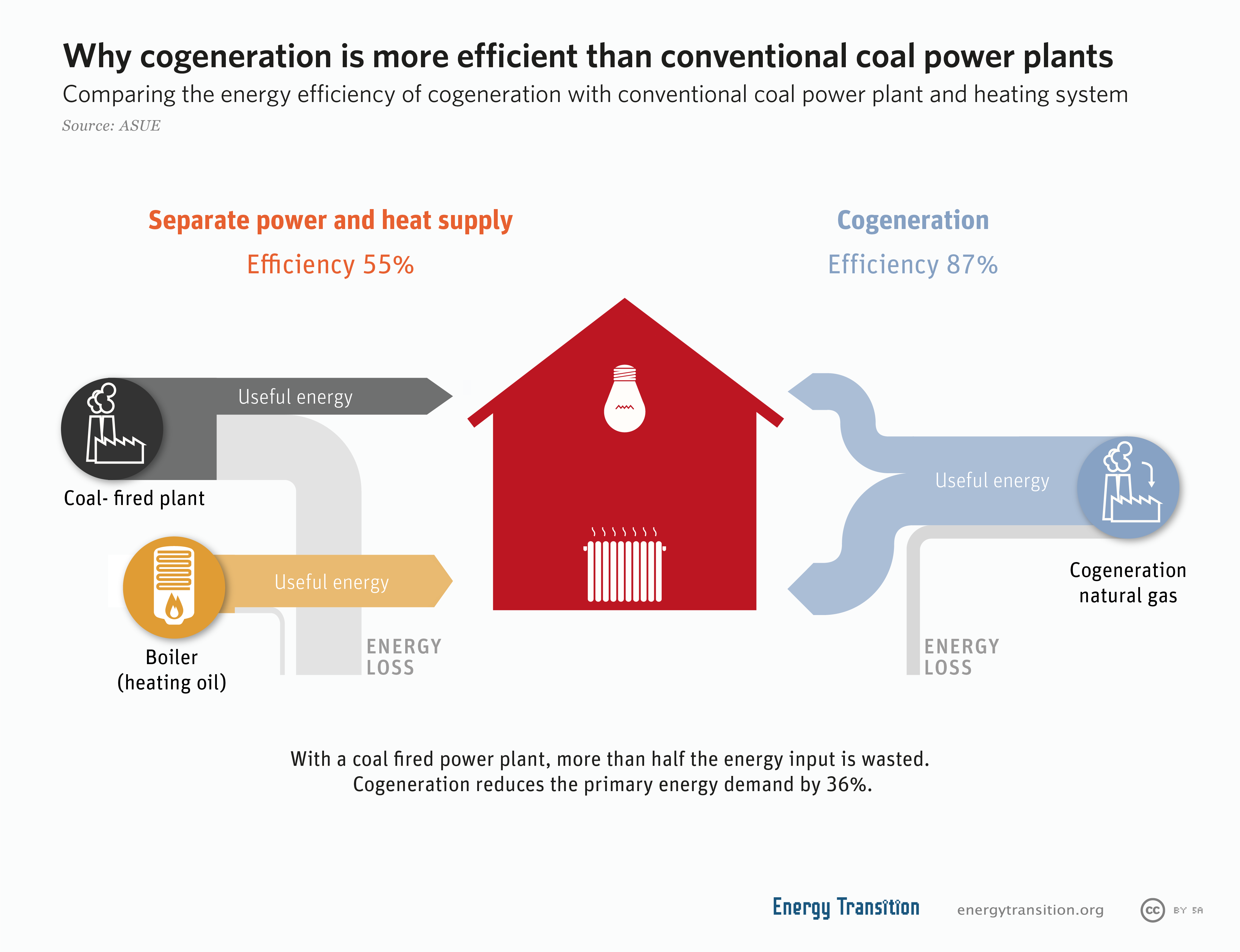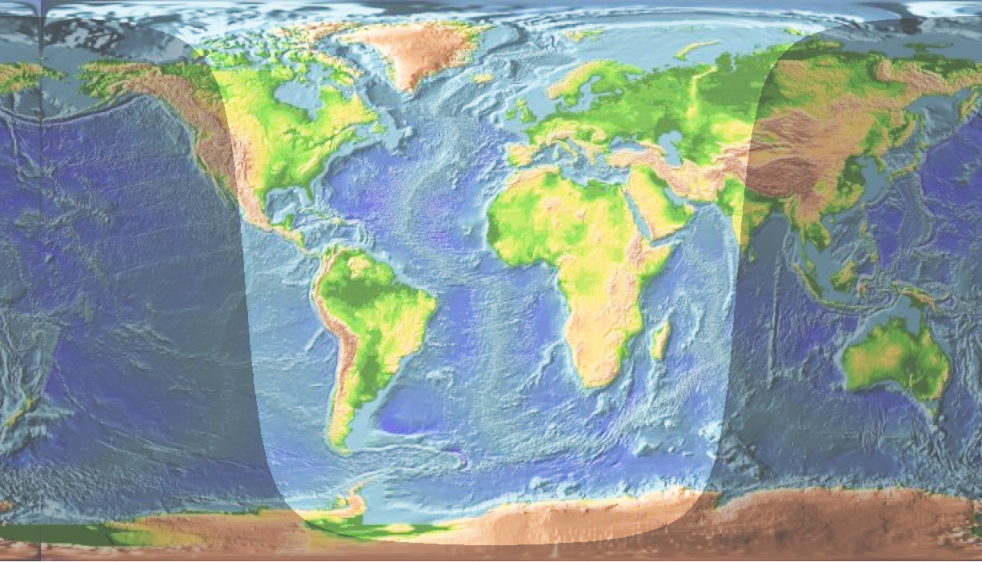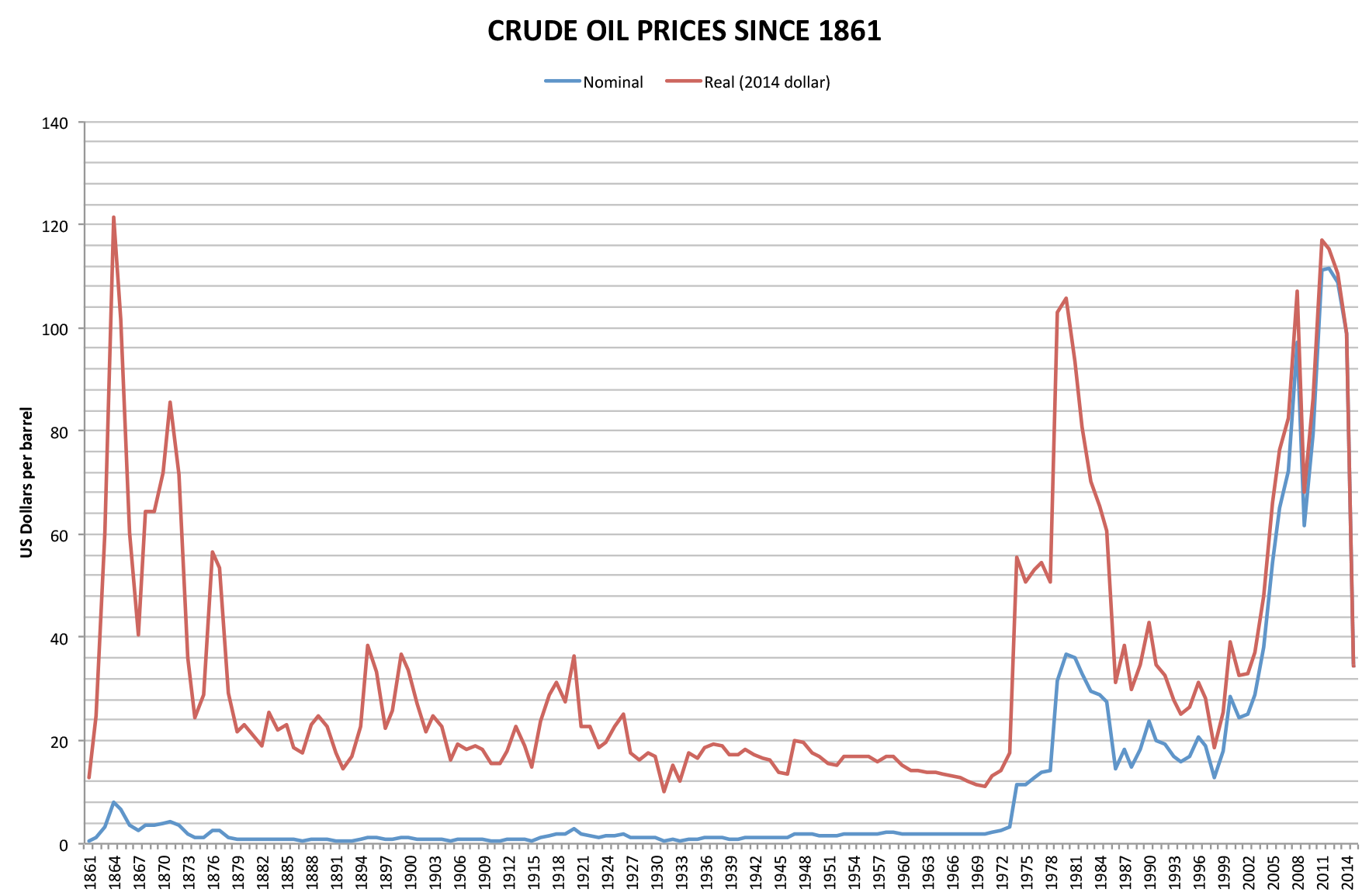|
International Energy Agency Energy In Buildings And Communities Programme
The International Energy Agency Energy in Buildings and Communities (IEA EBC) Programme, formerly known as the Energy in Buildings and Community Systems Programme (ECBCS), is one of the International Energy Agency, International Energy Agency's Technology Collaboration Programmes (TCPs).International Energy Agency (IEA). �Technology Collaboration Programmes: Highlights and Outcomes��, 2016 The Programme ''"carries out research and development activities toward near-zero energy and carbon emissions in the built environment"''. History The programme was formally launched in 1977, following the 1973 oil crisis, oil crisis which drove research into alternative sources of energy and technologies to improve energy efficiency. Since then, IEA EBC's main aim has been to provide an international focus for Efficient energy use, energy efficiency research in the building sector, with its current mission being to ''“develop and facilitate the integration of technologies and processes for e ... [...More Info...] [...Related Items...] OR: [Wikipedia] [Google] [Baidu] |
International Energy Agency
The International Energy Agency (IEA) is a Paris-based autonomous intergovernmental organization, established in 1974, that provides policy recommendations, analysis and data on the global energy sector. The 31 member countries and 13 association countries of the IEA represent 75% of global energy demand. The IEA was set up under the framework of the Organisation for Economic Co-operation and Development (OECD) in the aftermath of the 1973 oil crisis to respond to physical disruptions in global oil supplies, provide data and statistics about the global Petroleum industry, oil market and Energy industry, energy sector, promote energy savings and conservation, and establish international technical collaboration. Since its founding, the IEA has also coordinated use of the oil reserves that its members are required to hold. By regularly underestimating the role of renewable energies and overestimating the growth of nuclear energy, the IEA promotes the nuclear industry. In subsequen ... [...More Info...] [...Related Items...] OR: [Wikipedia] [Google] [Baidu] |
Energy Planning
Energy planning has a number of different meanings, but the most common meaning of the term is the process of developing long-range policies to help guide the future of a local, national, regional or even the global energy system. Energy planning is often conducted within governmental organizations but may also be carried out by large energy companies such as electric utilities or oil and gas producers. These oil and gas producers release greenhouse gas emissions. Energy planning may be carried out with input from different stakeholders drawn from government agencies, local utilities, academia and other interest groups. Since 1973, energy modeling, on which energy planning is based, has developed significantly. Energy models can be classified into three groups: descriptive, normative, and futuristic forecasting. Energy planning is often conducted using integrated approaches that consider both the provision of energy supplies and the role of energy efficiency in reducing demands ... [...More Info...] [...Related Items...] OR: [Wikipedia] [Google] [Baidu] |
Energy Conservation
Energy conservation is the effort to reduce wasteful energy consumption by using fewer energy services. This can be done by using energy more effectively (using less and better sources of energy for continuous service) or changing one's behavior to use less and better source of service (for example, by driving vehicles which consume renewable energy or energy with more efficiency). Energy conservation can be achieved through efficient energy use, which has some advantages, including a reduction in greenhouse gas emissions and a smaller carbon footprint, as well as cost, water, and energy savings. Green engineering practices improve the life cycle of the components of machines which convert energy from one form into another. Energy can be conserved by reducing waste and losses, improving efficiency through technological upgrades, improving operations and maintenance, changing users' behaviors through user profiling or user activities, monitoring appliances, shifting load to o ... [...More Info...] [...Related Items...] OR: [Wikipedia] [Google] [Baidu] |
International Energy Organizations
International is an adjective (also used as a noun) meaning "between nations". International may also refer to: Music Albums * ''International'' (Kevin Michael album), 2011 * ''International'' (New Order album), 2002 * ''International'' (The Three Degrees album), 1975 *''International'', 2018 album by L'Algérino Songs * The Internationale, the left-wing anthem * "International" (Chase & Status song), 2014 * "International", by Adventures in Stereo from ''Monomania'', 2000 * "International", by Brass Construction from ''Renegades'', 1984 * "International", by Thomas Leer from ''The Scale of Ten'', 1985 * "International", by Kevin Michael from ''International'' (Kevin Michael album), 2011 * "International", by McGuinness Flint from ''McGuinness Flint'', 1970 * "International", by Orchestral Manoeuvres in the Dark from '' Dazzle Ships'', 1983 * "International (Serious)", by Estelle from '' All of Me'', 2012 Politics * Internationalism (politics) * Political international, a ... [...More Info...] [...Related Items...] OR: [Wikipedia] [Google] [Baidu] |
IEA Solar Heating And Cooling Programme
The International Energy Agency Solar Heating and Cooling Technology Collaboration Programme (IEA SHC TCP) is one of over 40 multilateral Technology Collaboration Programmes (also known as TCPs) of the International Energy Agency. It was one of the first of such programmes, founded in 1977. Its current mission is "''To bring the latest solar heating and cooling research and information to the forefront of the global energy transition. .''". Its international solar collector statistics ''Solar Heat Worldwide'' serves as a reference document for governments, financial institutions, consulting firms and non-profit/non-governmental organizations. Membership and organization The IEA SHC's members are national governments, the European Commission and international organizations. Each of the members is represented by one representative in the management body called the executive committee. The IEA SHC Executive Committee meets twice per year and is headed by an elected chairman. The I ... [...More Info...] [...Related Items...] OR: [Wikipedia] [Google] [Baidu] |
Ventilative Cooling
Ventilative cooling is the use of natural or mechanical ventilation to cool indoor spaces.P. Heiselberg, M. Kolokotroni.Ventilative Cooling. State of the art review. Department of Civil Engineering. Aalborg University, Denmark. 2015 The use of outside air reduces the cooling load and the energy consumption of these systems, while maintaining high quality indoor conditions; passive ventilative cooling may eliminate energy consumption. Ventilative cooling strategies are applied in a wide range of buildings and may even be critical to realize renovated or new high efficient buildings and zero-energy buildings (ZEBs). Ventilation is present in buildings mainly for air quality reasons. It can be used additionally to remove both excess heat gains, as well as increase the velocity of the air and thereby widen the thermal comfort range. Ventilative cooling is assessed by long-term evaluation indices. Ventilative cooling is dependent on the availability of appropriate external conditions a ... [...More Info...] [...Related Items...] OR: [Wikipedia] [Google] [Baidu] |
Lighting
Lighting or illumination is the deliberate use of light to achieve practical or aesthetic effects. Lighting includes the use of both artificial light sources like lamps and light fixtures, as well as natural illumination by capturing daylight. Daylighting (architecture), Daylighting (using windows, skylights, or Architectural light shelf, light shelves) is sometimes used as the main source of light during daytime in buildings. This can save energy in place of using artificial lighting, which represents a major component of energy consumption in buildings. Proper lighting can enhance task performance, improve the appearance of an area, or have positive psychological effects on occupants. Indoor lighting is usually accomplished using light fixtures, and is a key part of interior design. Lighting can also be an intrinsic component of landscaping, landscape projects. History With the Control of fire by early humans, discovery of fire, the earliest form of artificial lighting used ... [...More Info...] [...Related Items...] OR: [Wikipedia] [Google] [Baidu] |
Cogeneration
Cogeneration or combined heat and power (CHP) is the use of a heat engine or power station to generate electricity and useful heat at the same time. Cogeneration is a more efficient use of fuel or heat, because otherwise- wasted heat from electricity generation is put to some productive use. Combined heat and power (CHP) plants recover otherwise wasted thermal energy for heating. This is also called combined heat and power district heating. Small CHP plants are an example of decentralized energy. By-product heat at moderate temperatures ( can also be used in absorption refrigerators for cooling. The supply of high-temperature heat first drives a gas or steam turbine-powered generator. The resulting low-temperature waste heat is then used for water or space heating. At smaller scales (typically below 1 MW), a gas engine or diesel engine may be used. Cogeneration is also common with geothermal power plants as they often produce relatively low grade heat. Binary cycle ... [...More Info...] [...Related Items...] OR: [Wikipedia] [Google] [Baidu] |
Fuel Cell
A fuel cell is an electrochemical cell that converts the chemical energy of a fuel (often hydrogen fuel, hydrogen) and an oxidizing agent (often oxygen) into electricity through a pair of redox reactions. Fuel cells are different from most battery (electricity), batteries in requiring a continuous source of fuel and oxygen (usually from air) to sustain the chemical reaction, whereas in a battery the chemical energy usually comes from substances that are already present in the battery. Fuel cells can produce electricity continuously for as long as fuel and oxygen are supplied. The first fuel cells were invented by Sir William Robert Grove, William Grove in 1838. The first commercial use of fuel cells came almost a century later following the invention of the hydrogen–oxygen fuel cell by Francis Thomas Bacon in 1932. The alkaline fuel cell, also known as the Bacon fuel cell after its inventor, has been used in NASA space programs since the mid-1960s to generate power for sate ... [...More Info...] [...Related Items...] OR: [Wikipedia] [Google] [Baidu] |
Building Commissioning
In construction, commissioning or commissioning process (often abbreviated Cx) is an integrated, systematic process to ensure, that all building systems perform interactively according to the "Design Intent", through documented verification. The commissioning process establishes and documents the "Owner's Project Requirements (OPR)" criteria for system function, performance expectations, maintainability; verify and document compliance with these criteria throughout all phases of the project (design, manufacturing, installation, construction, startup, testing, and operations). Commissioning procedures require a collaborative team effort and 'should' begin during the pre-design or planning phase of the project, through the design and construction phases, initial occupancy phase, training of operations and maintenance (O&M) staff, and into occupancy (for warranty and future re-commissioning). Historically, “commissioning” as referenced in building design and construction, referr ... [...More Info...] [...Related Items...] OR: [Wikipedia] [Google] [Baidu] |
Daylight
Daylight is the combination of all direct and indirect sunlight during the daytime. This includes direct sunlight, diffuse sky radiation, and (often) both of these reflected by Earth and terrestrial objects, like landforms and buildings. Sunlight scattering, scattered or reflected by astronomical objects is generally not considered daylight. Therefore, daylight excludes moonlight, despite it being reflected indirect sunlight. Definition Daylight is present at a particular location, to some degree, whenever the Sun is above the local horizon. This is true for slightly more than 50% of the Earth at any given time, since the Earth's atmosphere refracts some sunlight even when the Sun is below the horizon. Outdoor illuminance varies from 120,000 lux for direct sunlight at noon, which may cause eye pain, to less than 5 lux for thick storm clouds with the Sun at the horizon (even <1 lux for the most extreme case), which may make shadows from distant street lights visible. It may be d ... [...More Info...] [...Related Items...] OR: [Wikipedia] [Google] [Baidu] |
1973 Oil Crisis
In October 1973, the Organization of Arab Petroleum Exporting Countries (OAPEC) announced that it was implementing a total oil embargo against countries that had supported Israel at any point during the 1973 Yom Kippur War, which began after Egypt and Syria launched a large-scale surprise attack in an ultimately unsuccessful attempt to recover the territories that they had lost to Israel during the 1967 Six-Day War. In an effort that was led by Faisal of Saudi Arabia, the initial countries that OAPEC targeted were Canada, Japan, the Netherlands, the United Kingdom, and the United States. This list was later expanded to include Estado Novo (Portugal), Portugal, Rhodesia, and South Africa. In March 1974, OAPEC lifted the embargo, but the price of oil had risen by nearly 300%: from US to nearly US globally. Prices in the United States were significantly higher than the global average. After it was implemented, the embargo caused an oil crisis, or "shock", with many short- and long ... [...More Info...] [...Related Items...] OR: [Wikipedia] [Google] [Baidu] |







